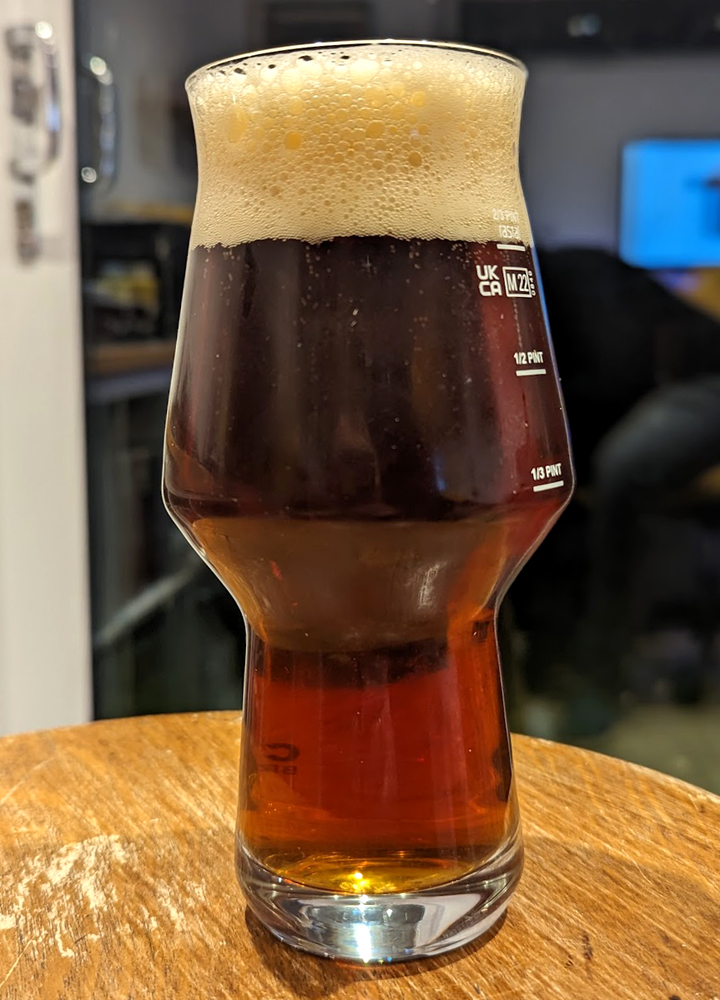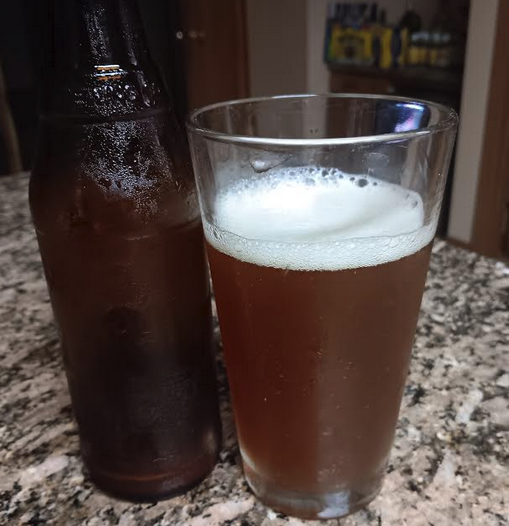Going to attempt an ESB soon, looking for reassurance I'm not getting into the weeds!
water: London profile
OG: 1055
Bairds Maris Otter 90%
Bairds Medium Crystal 75L 10%
Bittered with EKG @60 to 25 ibu, and @5 for another 10 ibu
yeast: S-04
bottle carb to 2.0 vol
Questions:
A pinch ( <= 1% ) of wheat, or flaked barley for foam?
A pinch ( <= 1% ) of a dark roast for more color?
Should I mix up the hops? I've got some Magnum, Willamette, Saaz, Perle...
Thanks!
water: London profile
OG: 1055
Bairds Maris Otter 90%
Bairds Medium Crystal 75L 10%
Bittered with EKG @60 to 25 ibu, and @5 for another 10 ibu
yeast: S-04
bottle carb to 2.0 vol
Questions:
A pinch ( <= 1% ) of wheat, or flaked barley for foam?
A pinch ( <= 1% ) of a dark roast for more color?
Should I mix up the hops? I've got some Magnum, Willamette, Saaz, Perle...
Thanks!

































![Craft A Brew - Safale S-04 Dry Yeast - Fermentis - English Ale Dry Yeast - For English and American Ales and Hard Apple Ciders - Ingredients for Home Brewing - Beer Making Supplies - [1 Pack]](https://m.media-amazon.com/images/I/41fVGNh6JfL._SL500_.jpg)

























